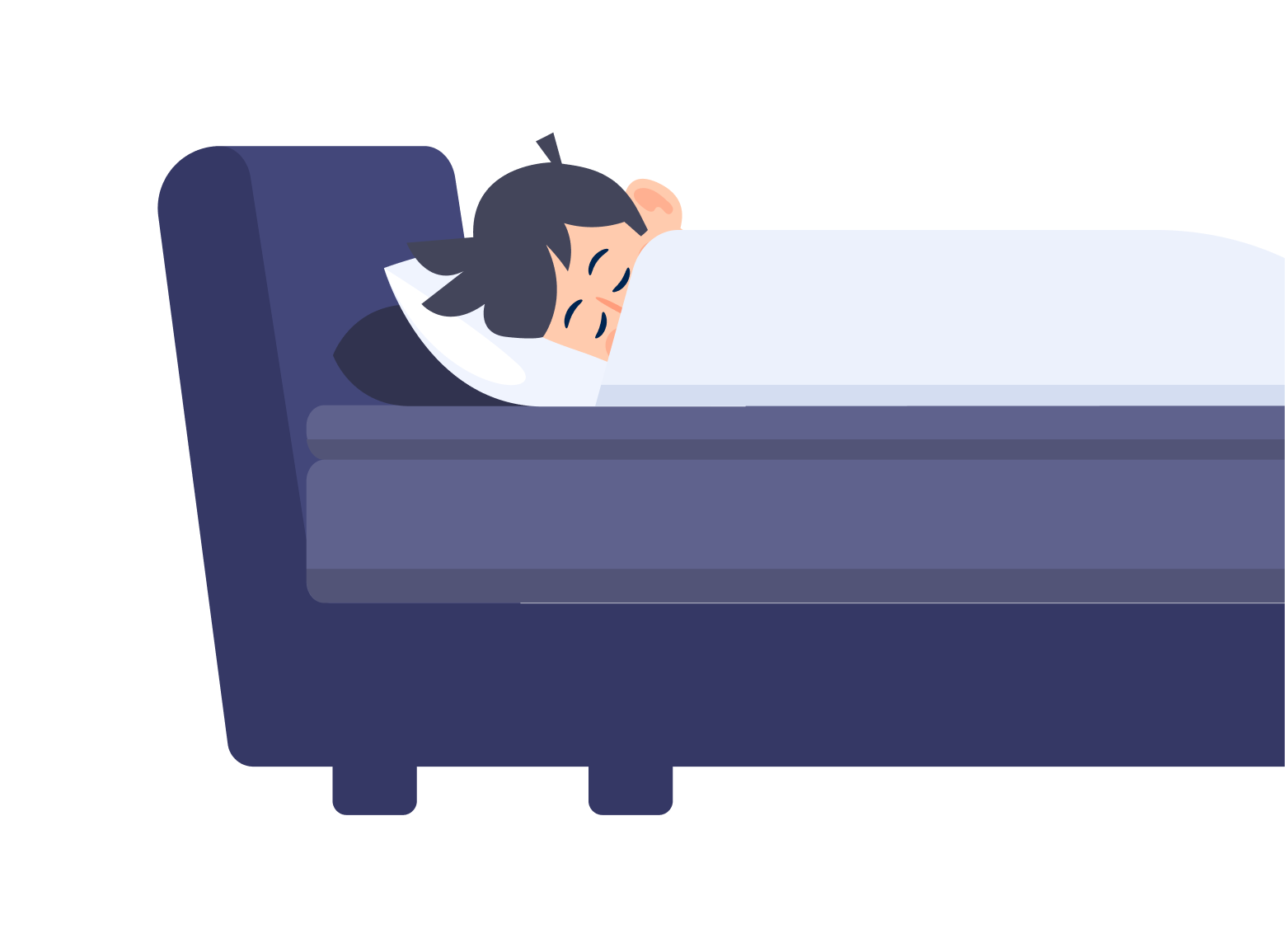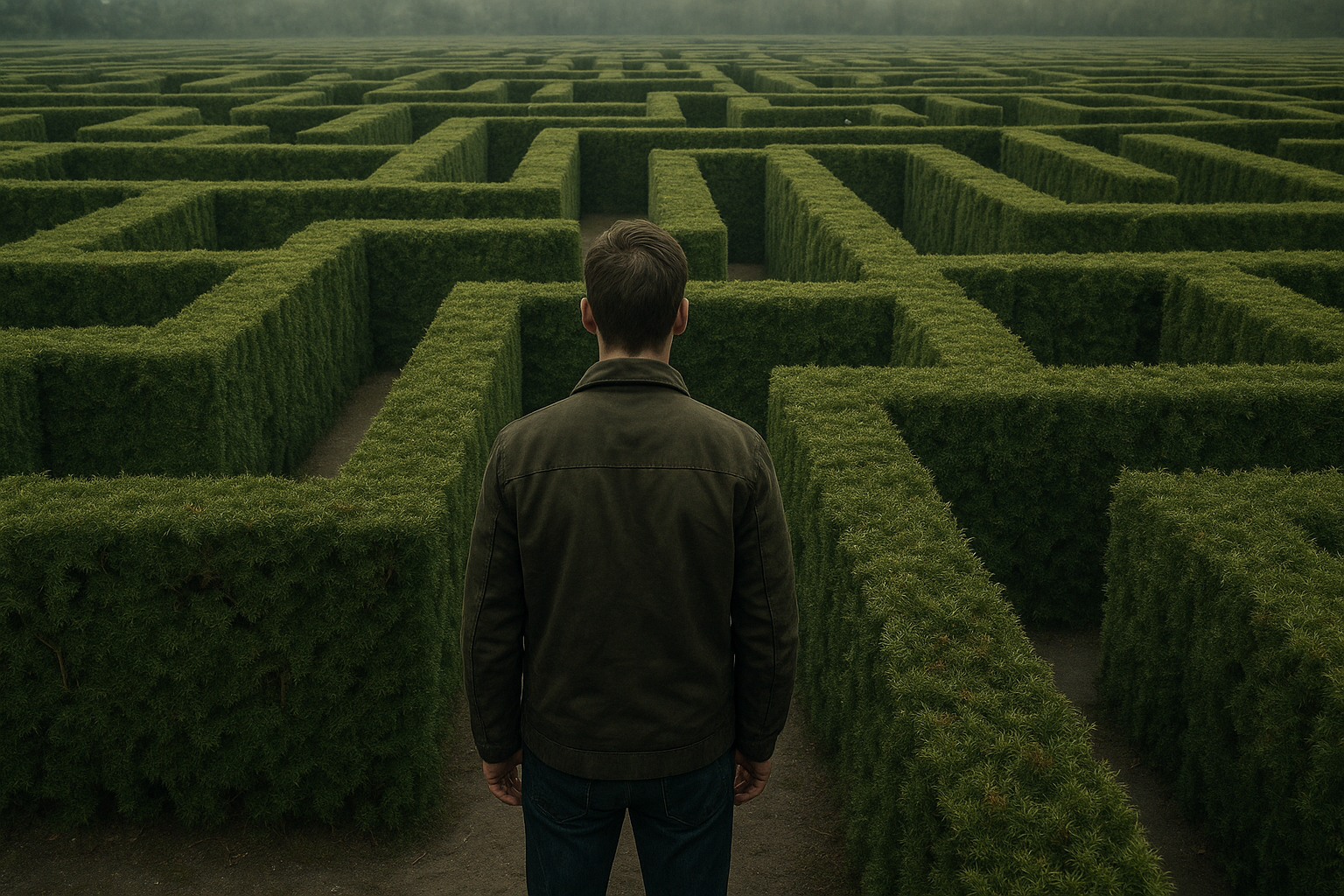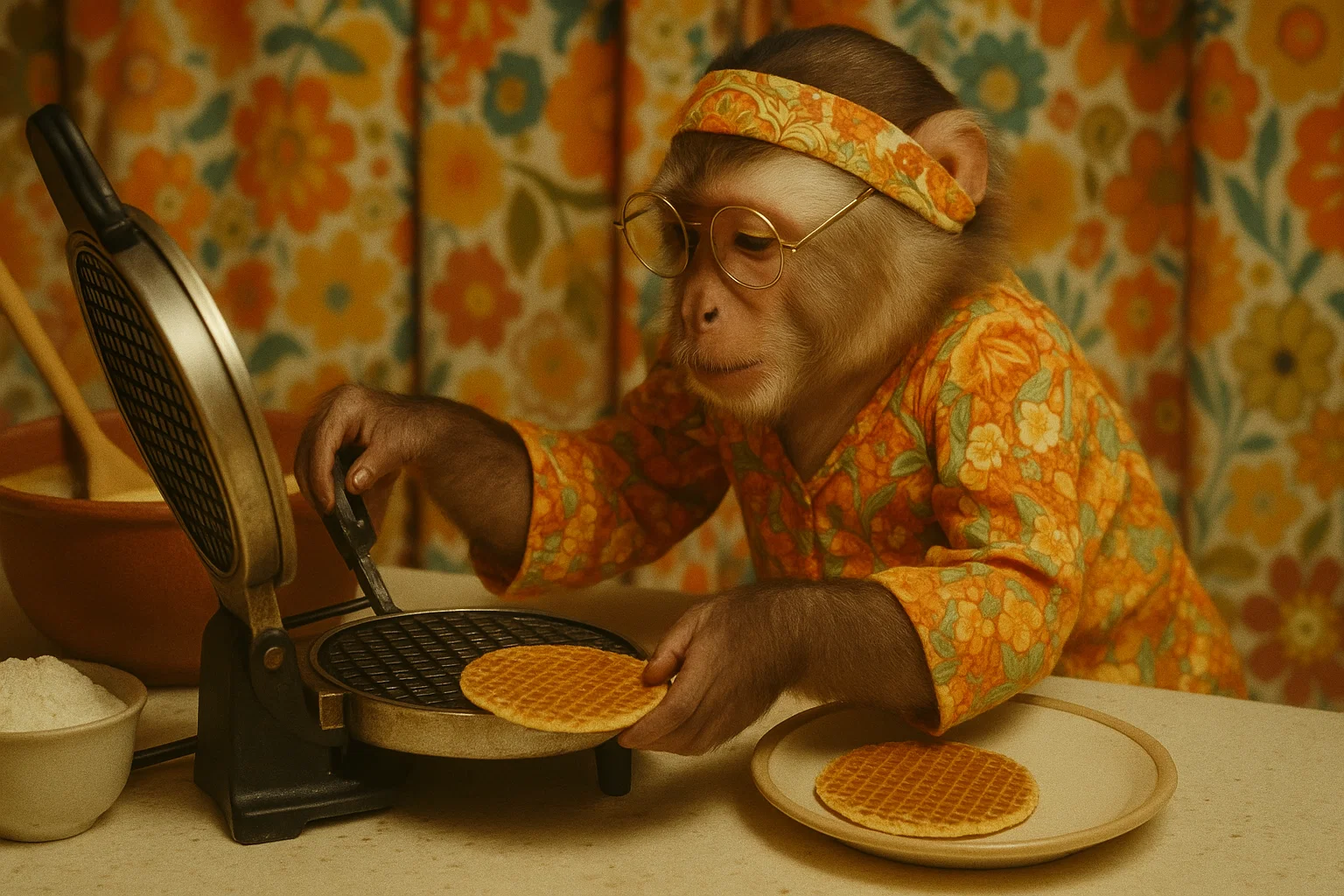Dreams as Evolutionary Echoes
Why do we dream? For centuries, philosophers and scientists have debated the purpose of dreams. Today, evolutionary psychology offers a compelling answer: dreams may be an ancient survival tool, shaped by natural selection to help our ancestors navigate a dangerous world.
Rather than being random or meaningless, dreams often mirror the key challenges our species faced: predators, hostile environments, social threats, and uncertain futures.
The Survival Role of Dreaming
One of the most widely accepted theories is the Threat Simulation Theory, proposed by cognitive neuroscientist Antti Revonsuo. This theory suggests that dreaming evolved as a virtual reality environment where early humans could practice escaping danger, solving conflicts, or navigating complex social situations — safely and unconsciously.
This explains why many dreams involve:
- Being chased or attacked
- Falling from great heights
- Losing someone important
- Facing rejection or shame
These scenarios may not just reflect stress — they may be evolutionary rehearsals encoded in the brain.
Ancient Fears Still Linger in Modern Dreams
Though modern life has changed drastically, our dreams haven’t caught up. Many of the fears we dream about — snakes, darkness, being hunted — are no longer part of our daily experience, yet they appear across cultures and ages.
Why? Because these were real threats to early humans. The amygdala, a brain region involved in emotional processing and fear, is highly active during REM sleep. This suggests that our dreams still operate under evolutionary rules, prioritizing threats that mattered most for survival over thousands of generations.
Social Bonds and Dreaming
Beyond physical danger, early human life revolved around tribal cooperation and social cohesion. Dreams often involve social interactions — conflicts, alliances, betrayals — because the brain also evolved to process complex relationships.
Researchers believe dreaming helped us:
- Anticipate the behavior of others
- Build empathy and understanding
- Strengthen memory of social events
These skills would have been critical for group living, where trust and cooperation meant the difference between life and death.
Dream Archetypes Across Cultures
Interestingly, dream patterns are often universal, even among people from vastly different cultures. Common themes like flying, being hunted, or appearing naked in public are found across the globe. This supports the idea that dreams are biologically hardwired, not purely shaped by culture or individual experience.
Carl Jung referred to these as “archetypes” — shared symbols from the collective unconscious. Today, science provides a complementary explanation: shared evolutionary pressures produced similar dream content across the human species.
The Future of Dream Research
As neuroscience, psychology, and evolutionary biology continue to evolve, so does our understanding of dreams. With modern tools like brain imaging and sleep tracking, researchers are now exploring questions such as:
- What happens in the brain during emotionally intense dreams?
- Can dream content predict mental health outcomes?
- Are lucid dreams an evolved advantage for mental simulation?
One thing is clear: our dreams are not meaningless. They are deeply connected to the ancient story of human survival.
Your Dreams Are a Window Into the Past
Every night, when you dream, you’re tapping into a legacy older than written language, fire, or tools. Your brain is replaying and reshaping fears, conflicts, and social instincts that helped your ancestors survive — and helped you become who you are.
Dreams reflect our evolutionary past not just symbolically, but neurologically and emotionally. They are a living fossil of the mind, reminding us that while our world may have changed, our inner architecture remains deeply ancient.








